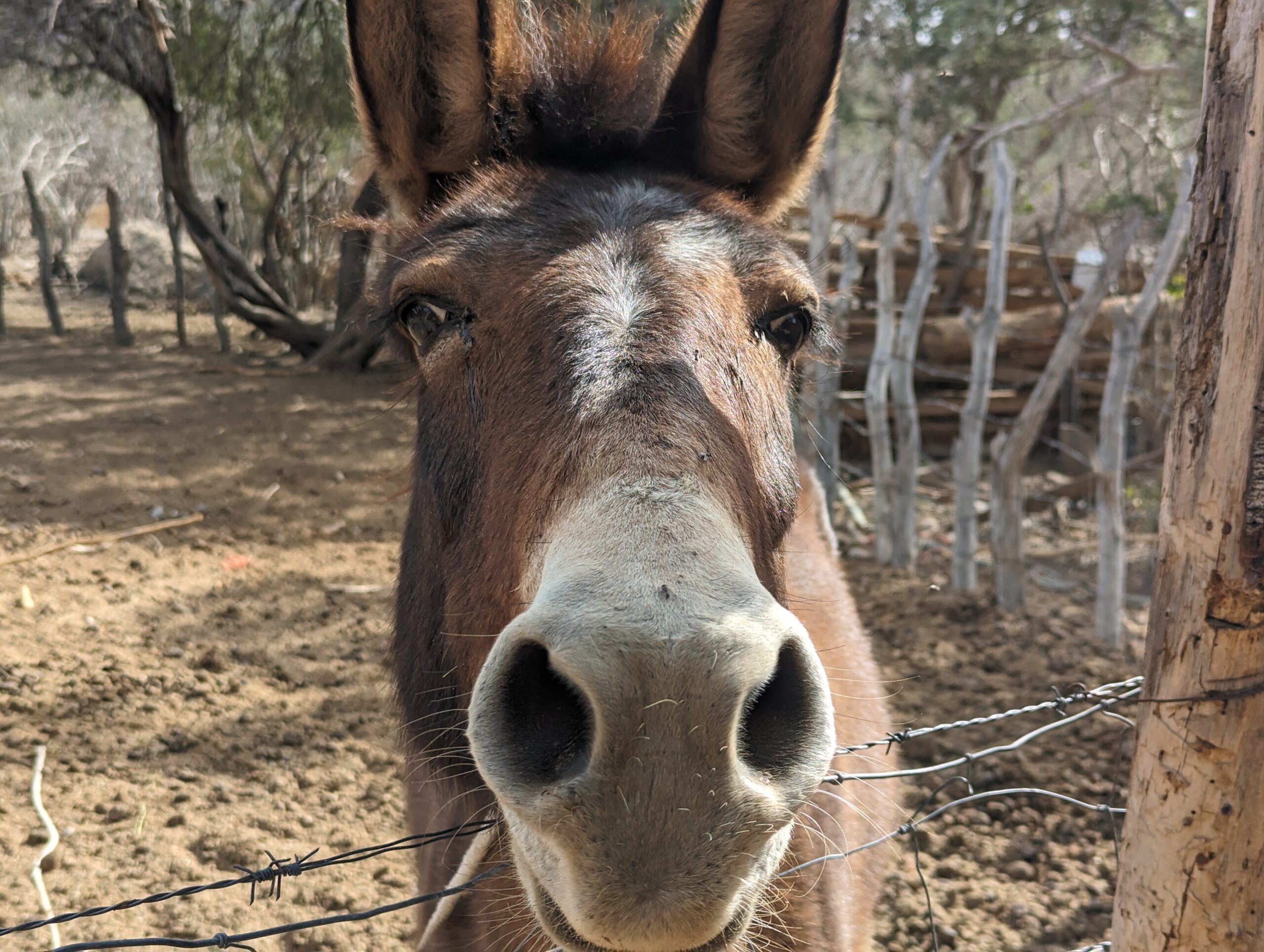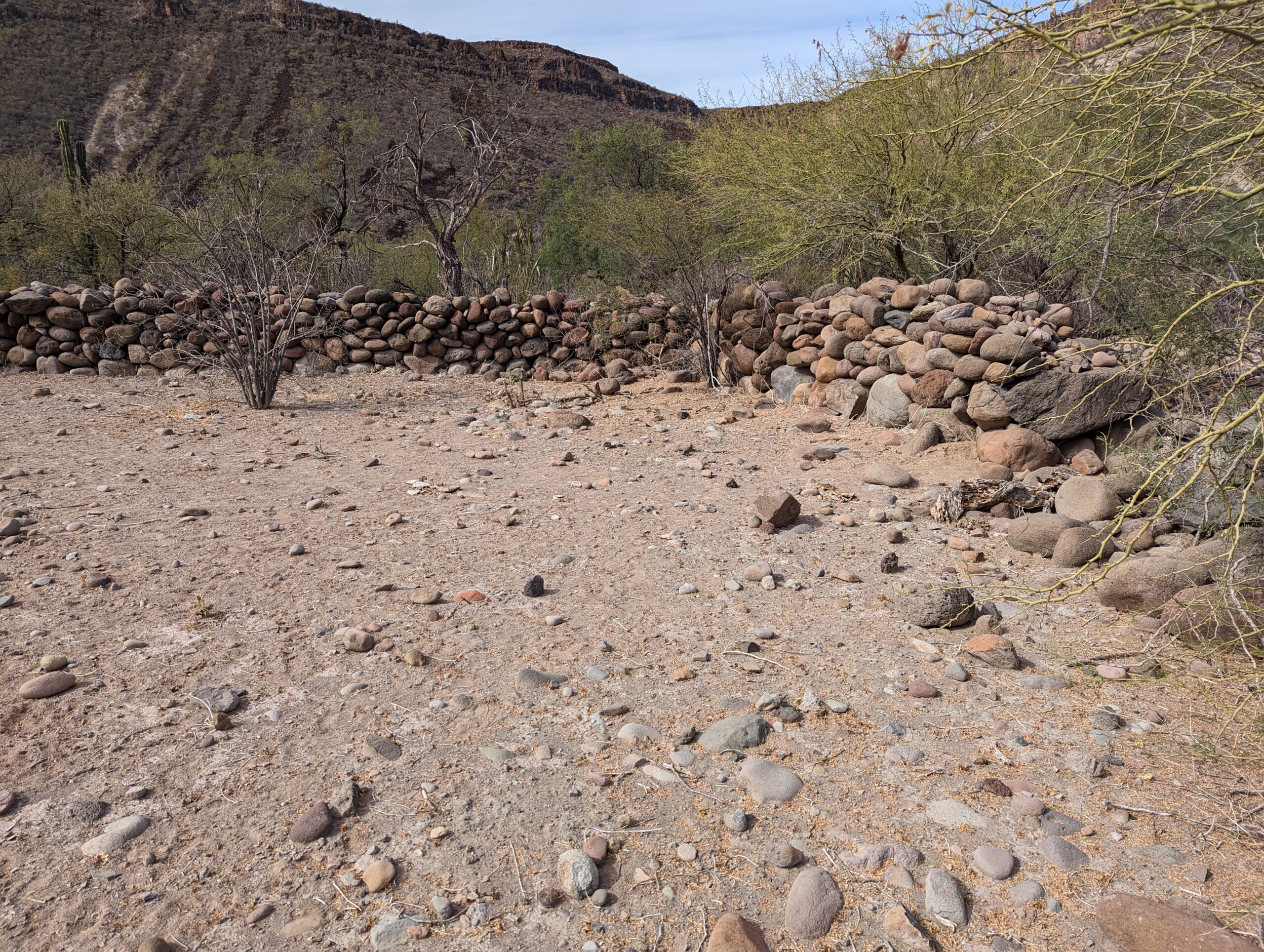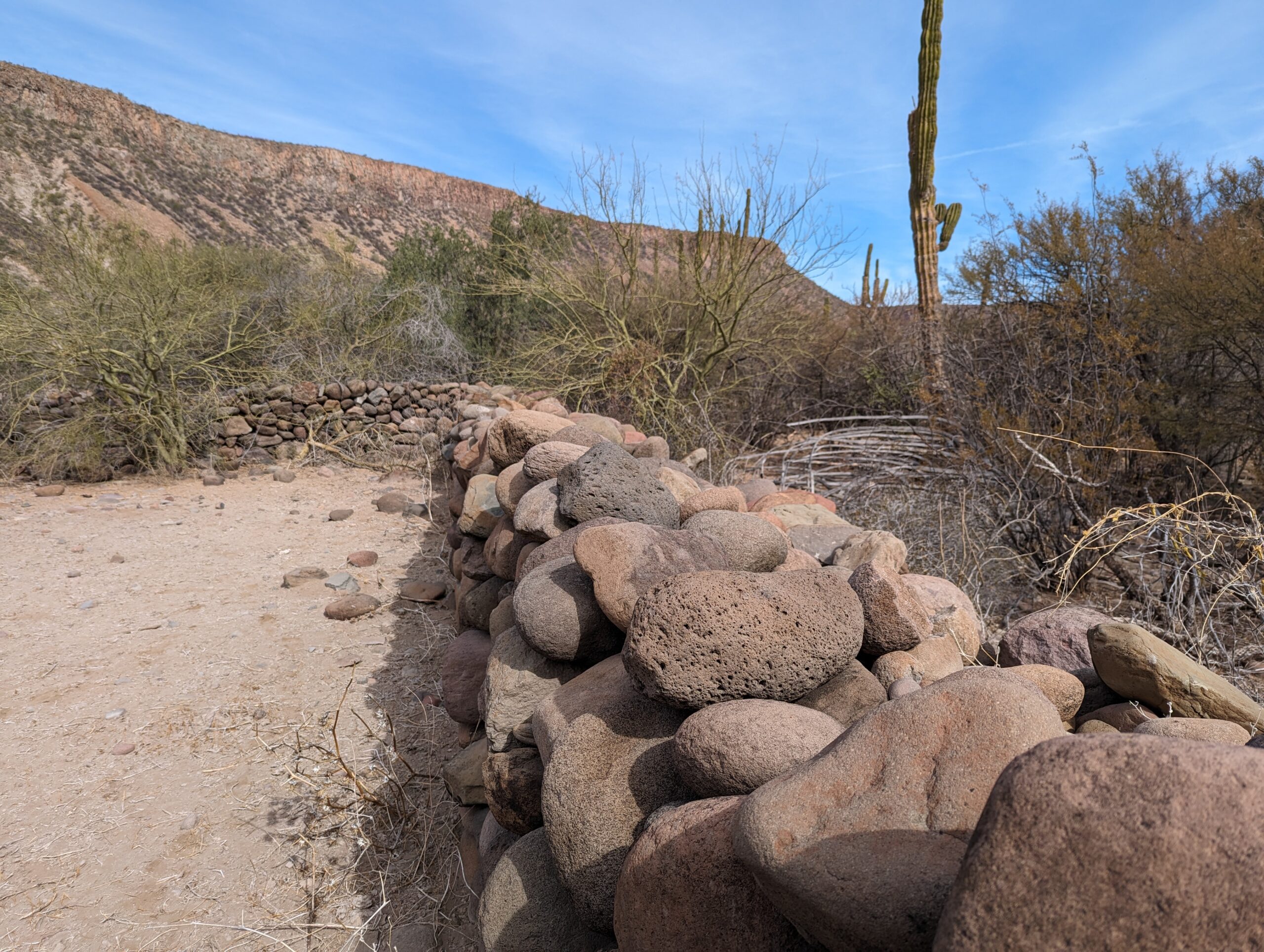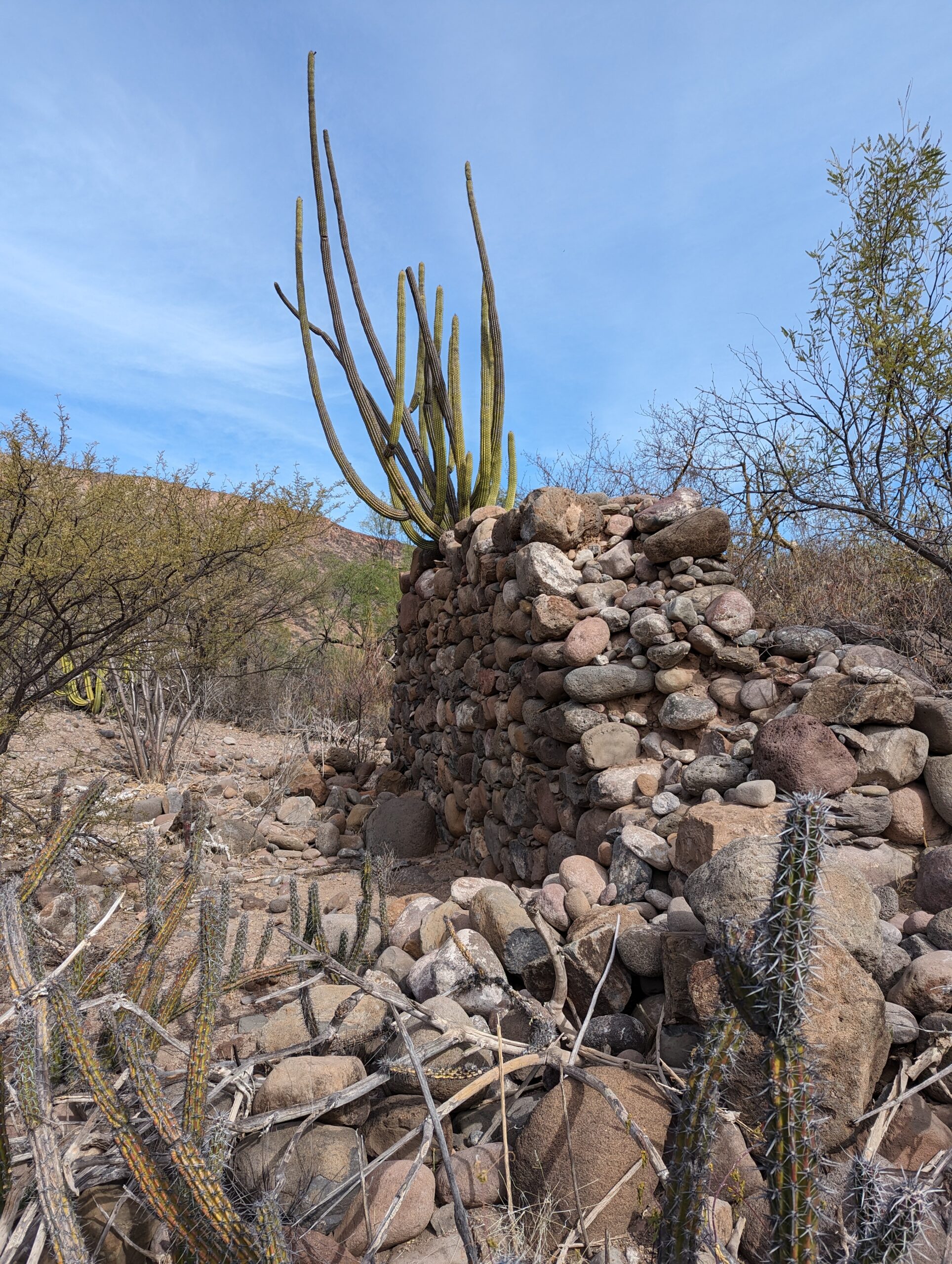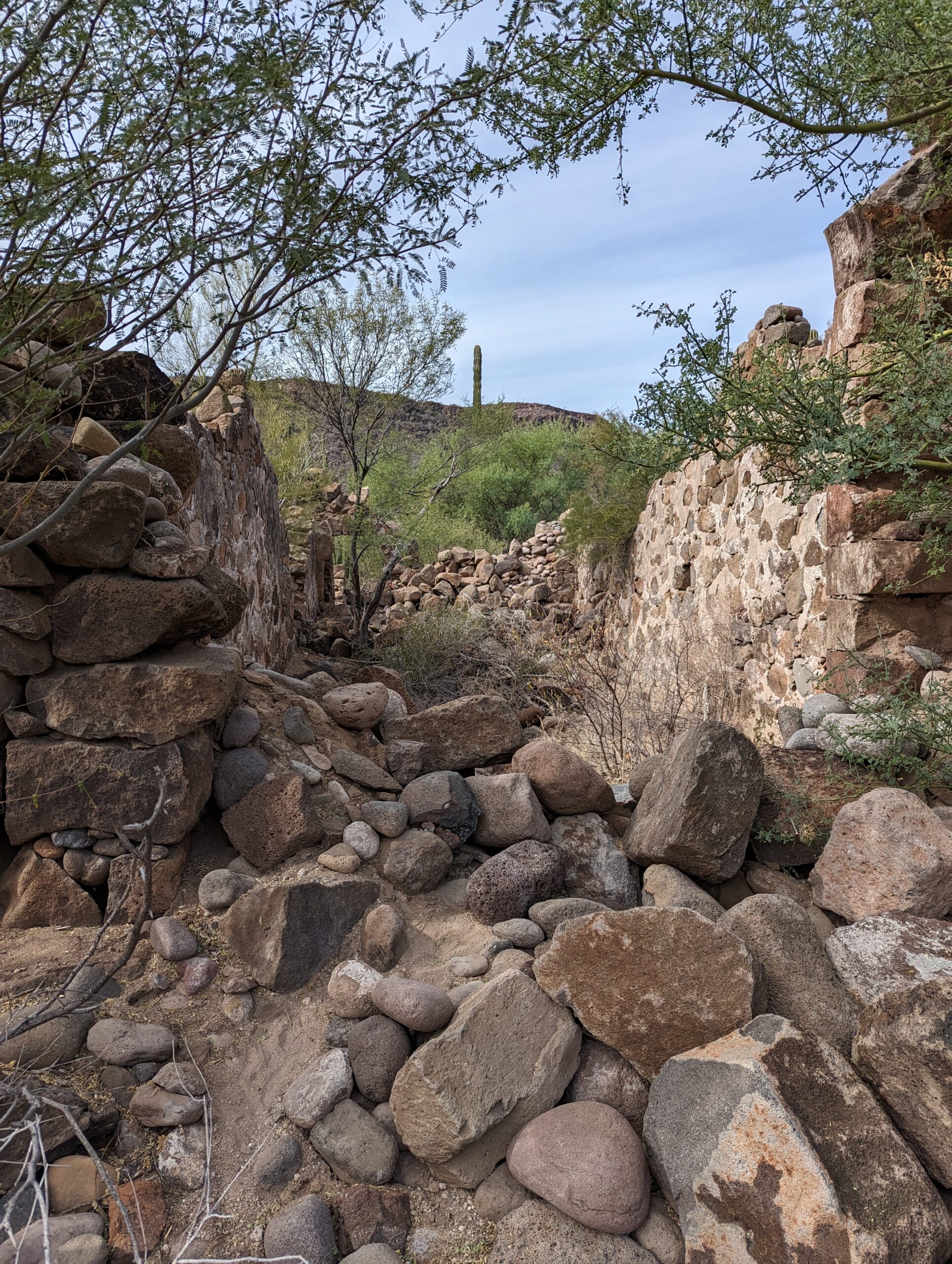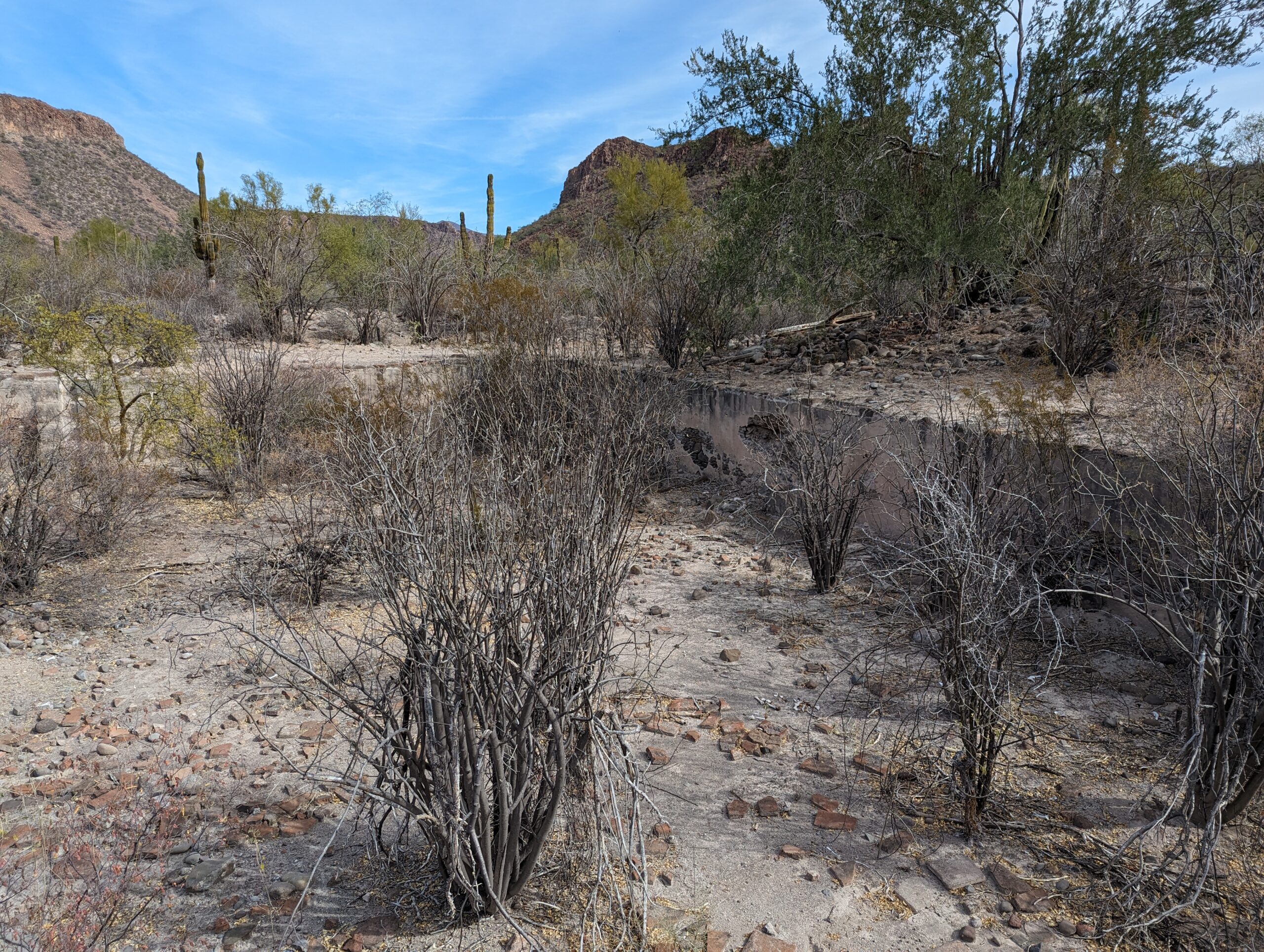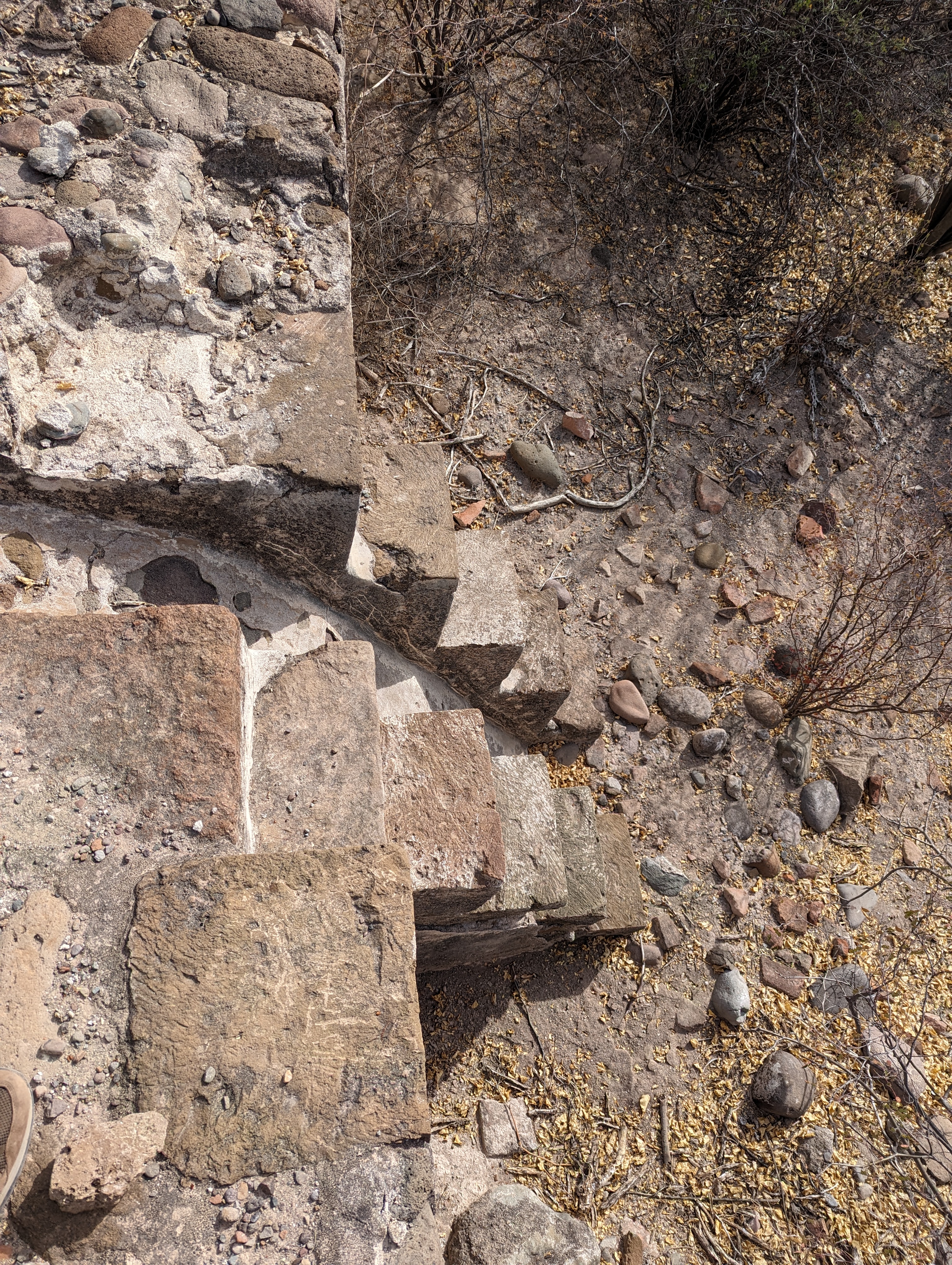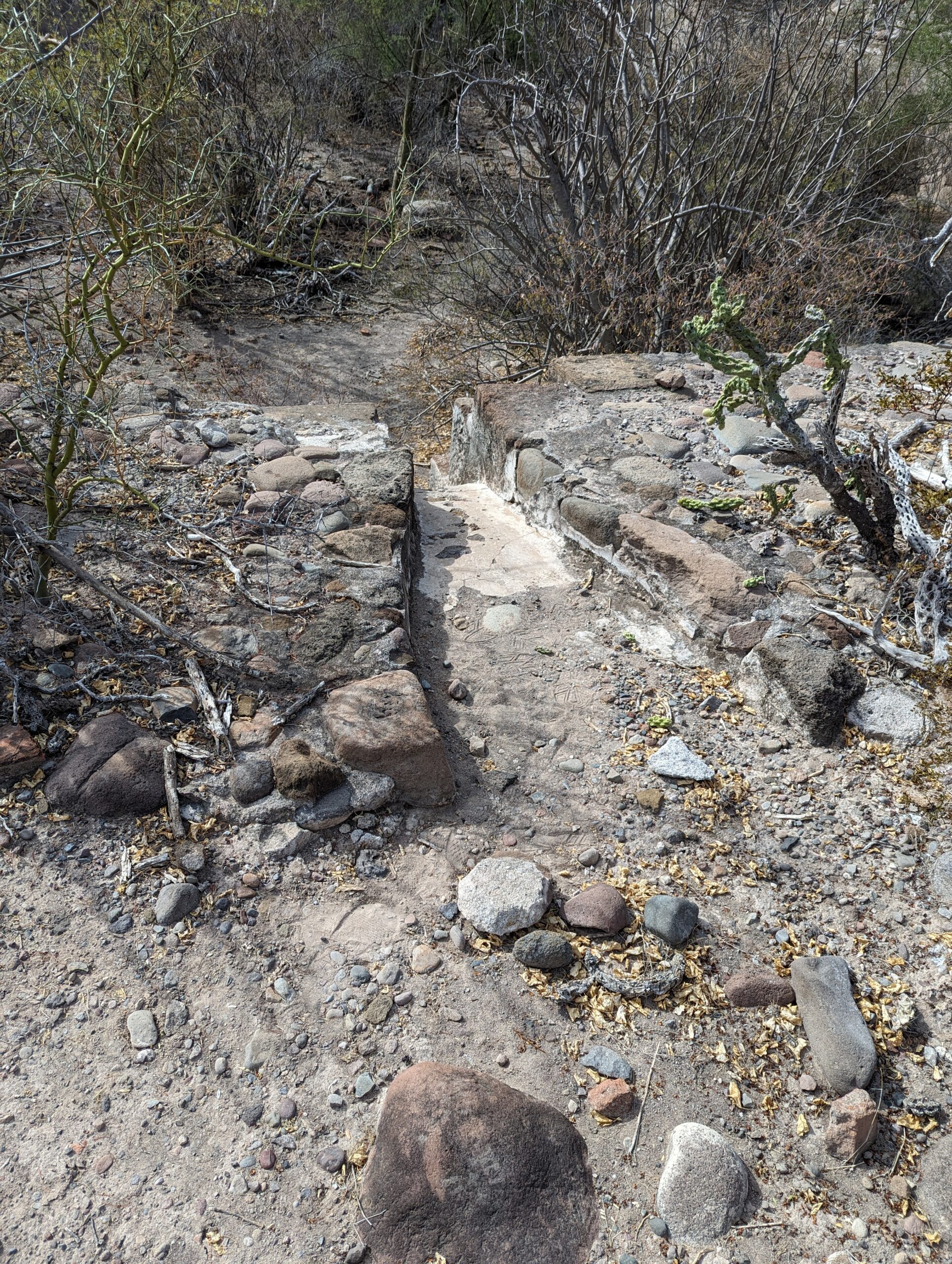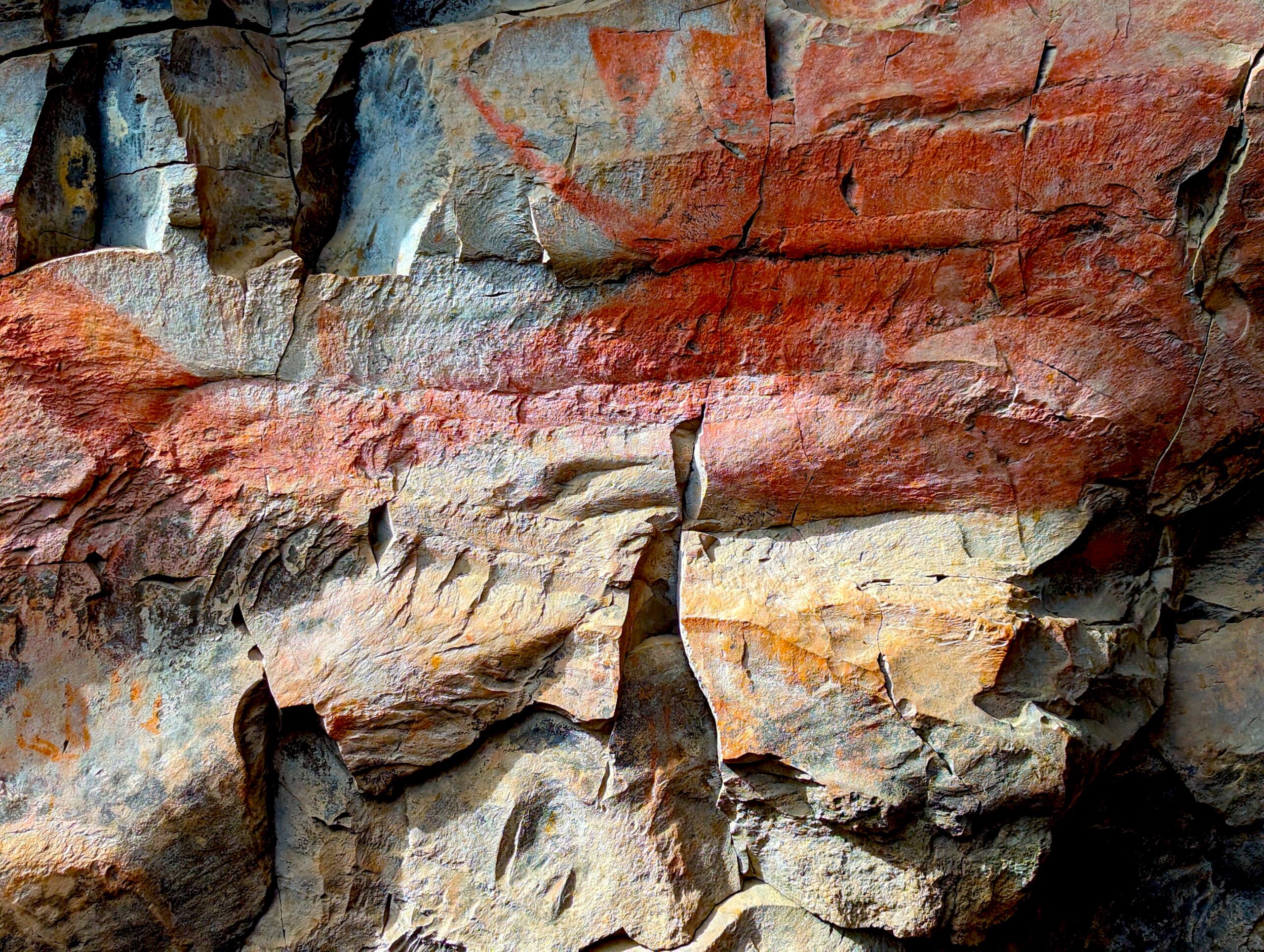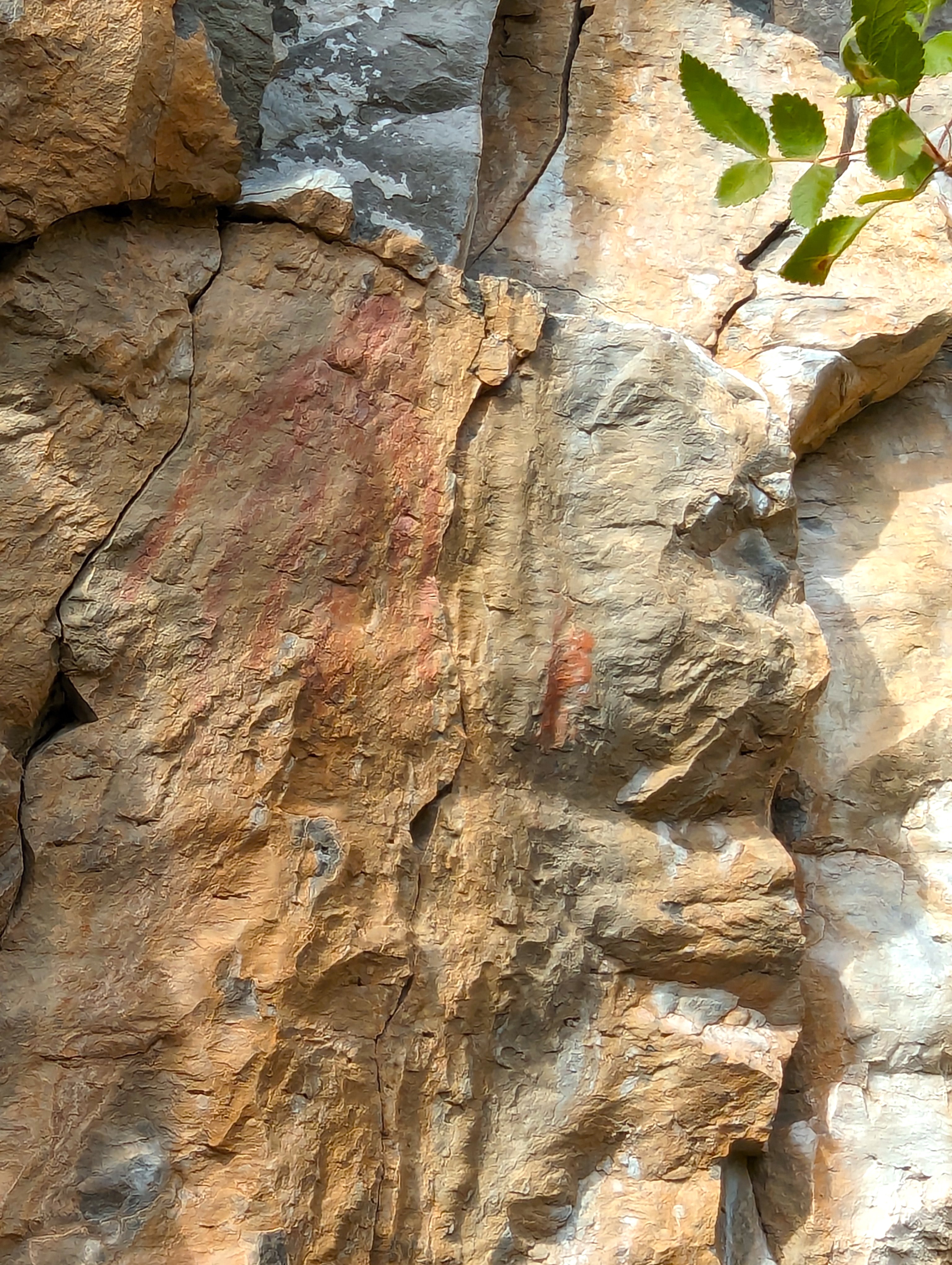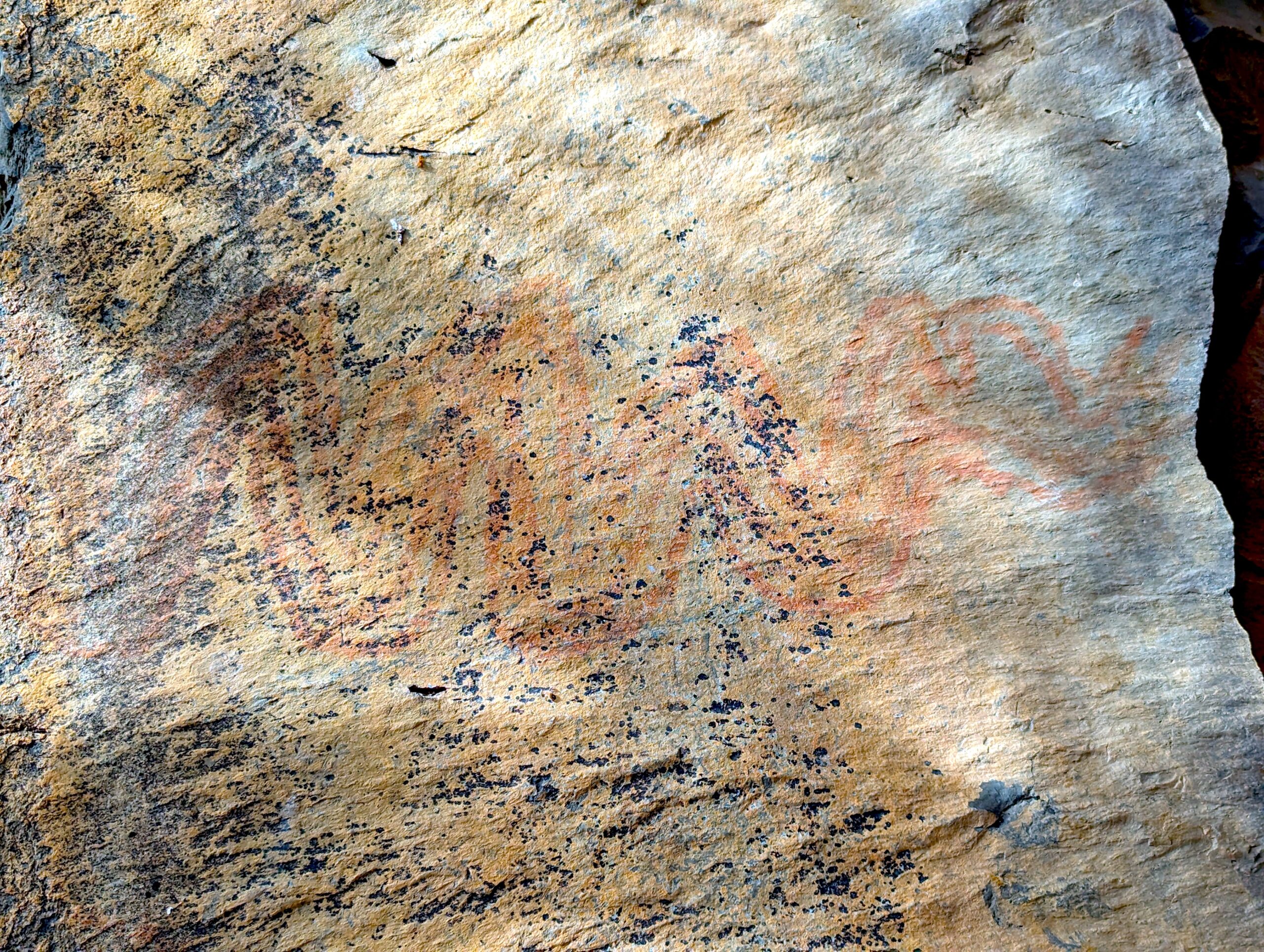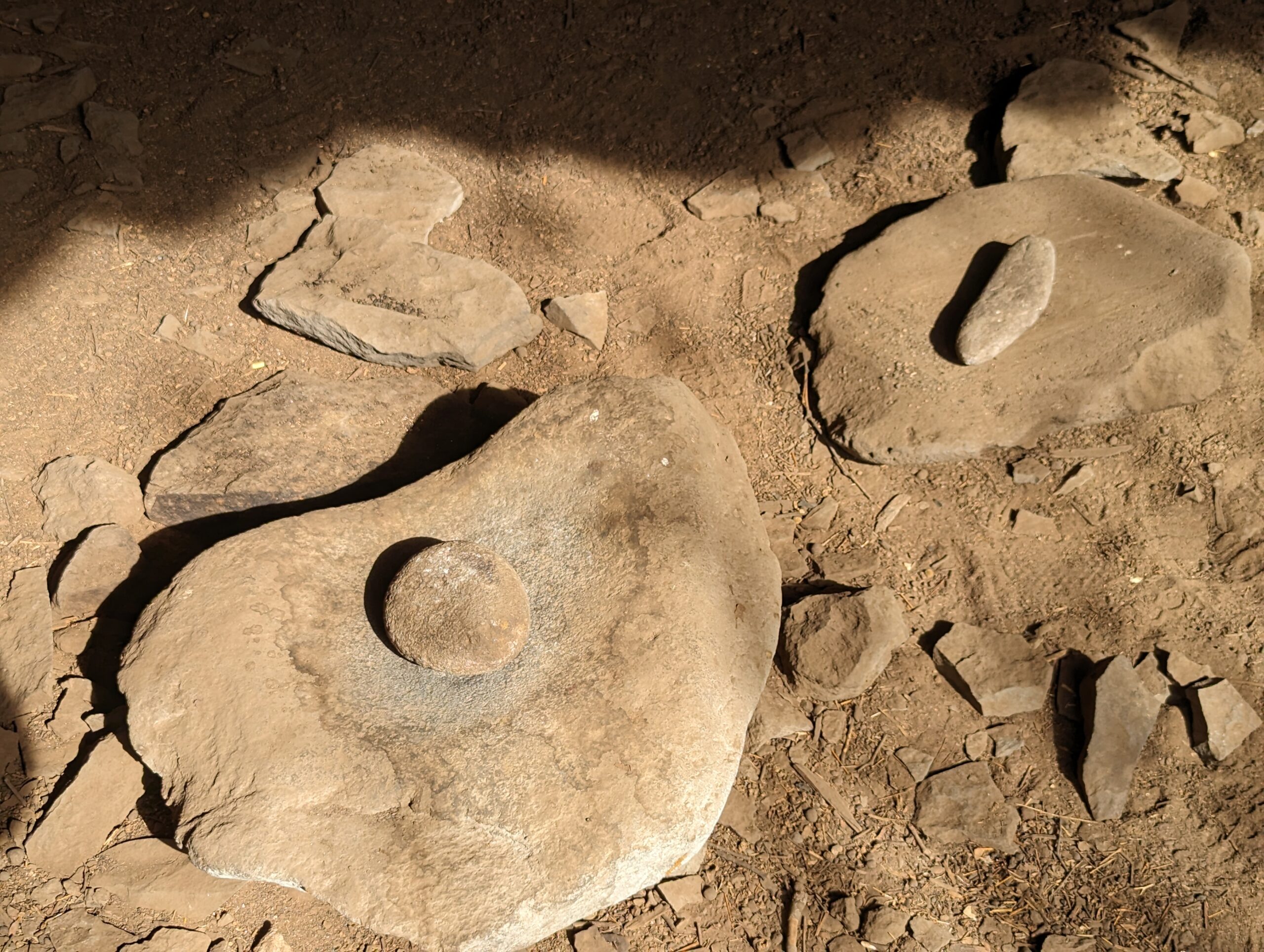January 12, 2024
San Javier, BCS, Mexico
About an hour drive up into the mountains west of Loreto is the pretty little mission town of San Javier. In addition, I had scoped out another nearby locations that looked interesting called Rancho Santo Domingo that would allow you to stay and also offered to take you to a couple of cool nearby sites. So that was my first stop.
The ranch is owned by a very kind man named Humberto. It is rustic. The water is from the nearby river, the power is all solar, and he must have a septic tank, as there are flush toilets. There are no public utilities with ten miles. It is accessed via a rough but flat dirt road, ten miles past San Javier, with 4-5 water crossings.
He has a small field of corn that looks large enough to be for sale, vegetables for personal use, chickens, a couple of mangy dogs, two cats that think they own the place, and about two dozen goats, the latter mostly mothers and kids. He says he has about 400 grazing wild down near the river. It’s hard to tell how many, as the coyotes take their share. Humberto speaks no English.
Although this place is listed on ioverlander.com, Humberto says he doesn’t get that many visitors. Technically the stay is free, but he charges 150 pesos each to go see the local historical sites. There is also a sign on the bathroom building that daily use of toilet is 15 pesos, and shower is 50. The showers had no heads and were cold, so I skipped that.
The first site we visited on my first full day there was La Visita de la Presentación. This visita was a satellite of the nearby Misión San Javier and dates from 1769. It’s just stone ruins now, but awing in the amount of work that went into it. A large enclosure that may have been a corral or storage room had walls that were 3-4′ thick with heavier rock on the inside and outside edges, the space between filled with smaller rocks.
The chapel is in somewhat sad shape, but you can see it was mortared. I suspect, like Tumacácori that I visited in February, it had no pews and worshippers stood.
From an engineering standpoint, the most impressive thing there is the massive holding tank that was fed by a canal from the nearby river. Recalling that this was remote Baja two hundred and fiifty years ago and but a small chapel and settlement, it’s pretty remarkable. Mortared, it has a nicely engineered intake and a outflow designed to water crops and animals.
Astoundingly, there was graffiti here, not pictured. The lastest was from 2012. I don’t think it would be going overboard to tar and feather anyone caught defacing an historical site like this. Drawing and quartering likewise does not seem too harsh.
The second site was a nearby cave with petrogyphs said to be 8-10k years old. Called Cueva la Serpiente. It was a bit of Class III rock scrambling to get there and both old men (guide and guided) neaded a few descansas before we made it to the cave. That scrambling ikely provided a bit of protection for the orinal habitants. This was an hour drive into the mountains from Mulege, so it was surprising to see depictions of sea life, though maybe the oddity made it more noteworthy to them. As is so often the case with such paintings, photos don’t do them justice.
There were also quite a few metate in the cave.
Way off the beaten track, this was a very cool experience.

